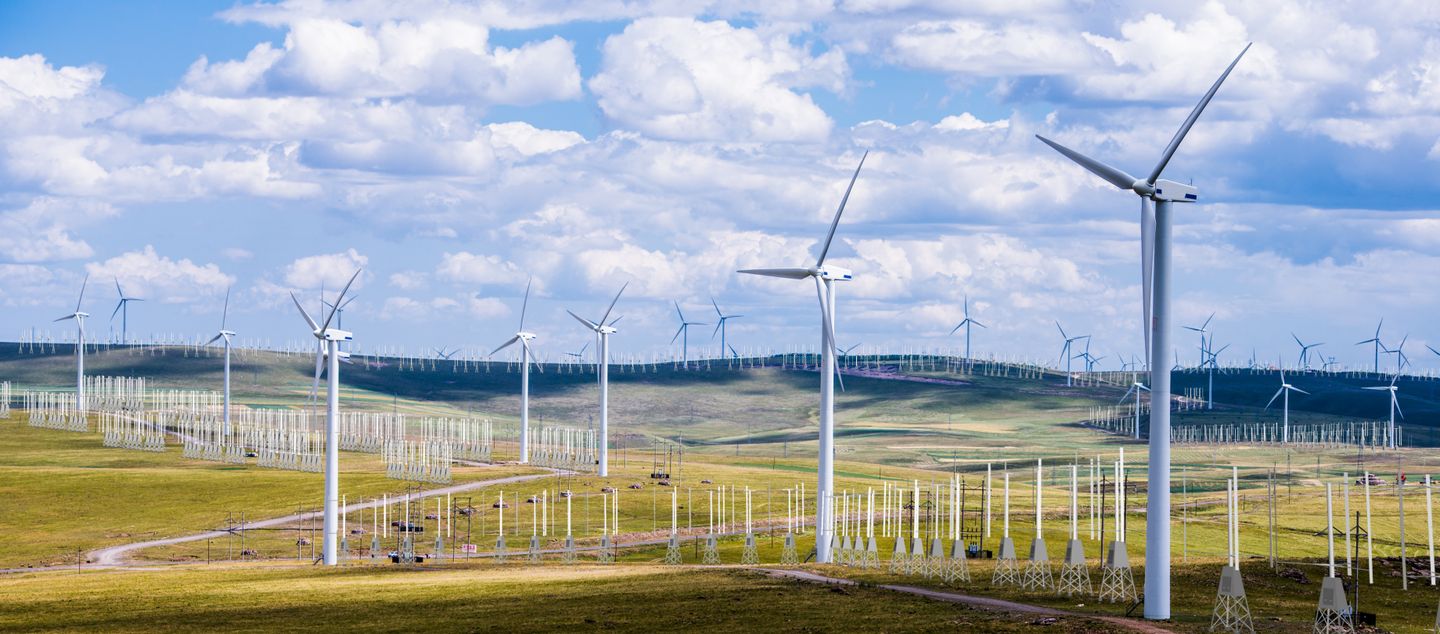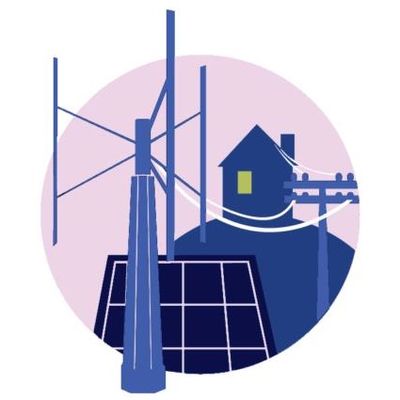

- Home
- Companies
- Wind Harvest International, Inc.
- Applications
- Mid-level wind harvesting solutions for ...

Mid-level wind harvesting solutions for distributed energy production sector - Energy
Conventional energy supplies are more and more vulnerable to climate change-induced disruptions. Centralized power supplies and long transmission lines create a system where extreme weather events produce life-threatening power losses. The solution for many towns and high-energy using facilities lies in more distributed energy projects. Having medium-scale energy generation on-site or nearby eliminates the need for long transmission lines relying on centralized facilities to supply power.
Conventional energy supplies are more and more vulnerable to climate change-induced disruptions. Centralized power supplies and long transmission lines create a system where extreme weather events produce life-threatening power losses. The solution for many towns and high-energy using facilities lies in more distributed energy projects. Having medium-scale energy generation on-site or nearby eliminates the need for long transmission lines relying on centralized facilities to supply power.
Distributed energy resource (DER) systems are small or medium-sized power generation or storage technologies (typically from 1 kW to 1,000 kW). They tie into the local grid that runs along our roads and between our homes. Distributed energy projects reduce the need to build massive transmission lines that are costly and problematic in many ways.
There are tens of thousands of megawatts of unused but profitable wind resources available for Wind Harvesters in distributed energy markets. Wind, solar, and storage together create the most reliable renewable energy available. The key to that is that wind often blows all night long after solar shuts down. Wind Harvesters are an excellent choice for distributed energy because they can fit on small properties and create low visual impact.
Wildfires across the west, ice-storms and deep freezes in Texas and the Northeast, tornadoes in the Midwest, hurricanes in the South, and old and often poorly maintained infrastructure cause transmission lines and centralized power supplies like coal plants to fail us.
In order to create needed resiliency, the distributed energy grid needs exponentially more 1 to 10 MW hybrid wind, solar, and storage projects to help prevent the resulting blackouts and local impacts caused by these natural disasters.
